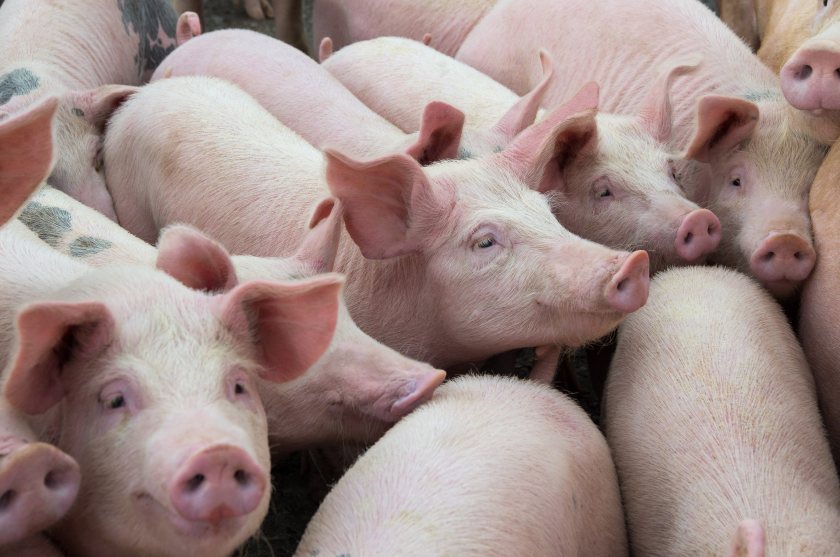
The government has promised to work with the pig industry on any future changes to pig identification, including the possible greater use of electronic tags.
Defra has now responded to a 2022 report by AHDB into pig movements, identification and traceability, commenting on all 48 recommendations made.
This report was commissioned by Defra in the context of the ongoing transition from the "aged and separate" livestock movement recording systems – eAML2 for pigs – to the multi-species Livestock Information Service (LIS).
Pigs will be the third species to make the move, but the department confirmed it would not be for some time yet.
Sheep movement reporting transitioned onto LIS in 2022, with cattle moving on to the service by the end of 2024, "to be followed later by pigs", Defra said.
The National Pig Association (NPA) said it was vital that identification and traceability systems were used to accurately record pig movements due to the threat of diseases, such as African swine fever.
The new LIS service may have the capacity to either interlink or feed data across to update other relevant services.
Defra said it will "look into creating a consistent approach" to the registration process, but has not yet determined whether LIS will be the future system for registration.
LIS is being developed by Livestock Information Ltd, a joint venture between Defra and AHDB, supported by industry stakeholder group, the Traceability Design User Group (TDUG).
AHDB's report said there should be a "move to electronic tagging of pigs from the time they leave their holding of birth to ensure full traceability unless the current work on DNA tracing or facial recognition can deliver improved traceability."
An economic assessment of introducing electronic tagging should be carried out, the report explained.
In response, Defra said: “While the government recognises the opportunity this recommendation presents, any proposed changes will be assessed against the impact on industry, the cost of implementation and long term-benefits.”
“The government will work with industry as it considers how pig identification may evolve over the coming years," it added.
"That may happen as, or after, pig movement reporting transitions over to LIS. This may involve trials, as well as formal consultation and continuous ongoing discussions with the sector."
It added that several of the recommendations in the report will be considered in a longer time frame because their development is dependent on the transition of pig movement reporting data from eAML2 to LIS.
Responding, NPA senior policy adviser Katie Jarvis said: “The NPA has been a part of the TDUG developing the Livestock Information System since its inception, and we hope that the new system for pigs will be a positive outcome for the industry.
“The NPA has long advised that it would be impractical to introduce EID for pigs. It is crucial that the new system does not impact negatively on the way that pig movements are currently recorded.”
